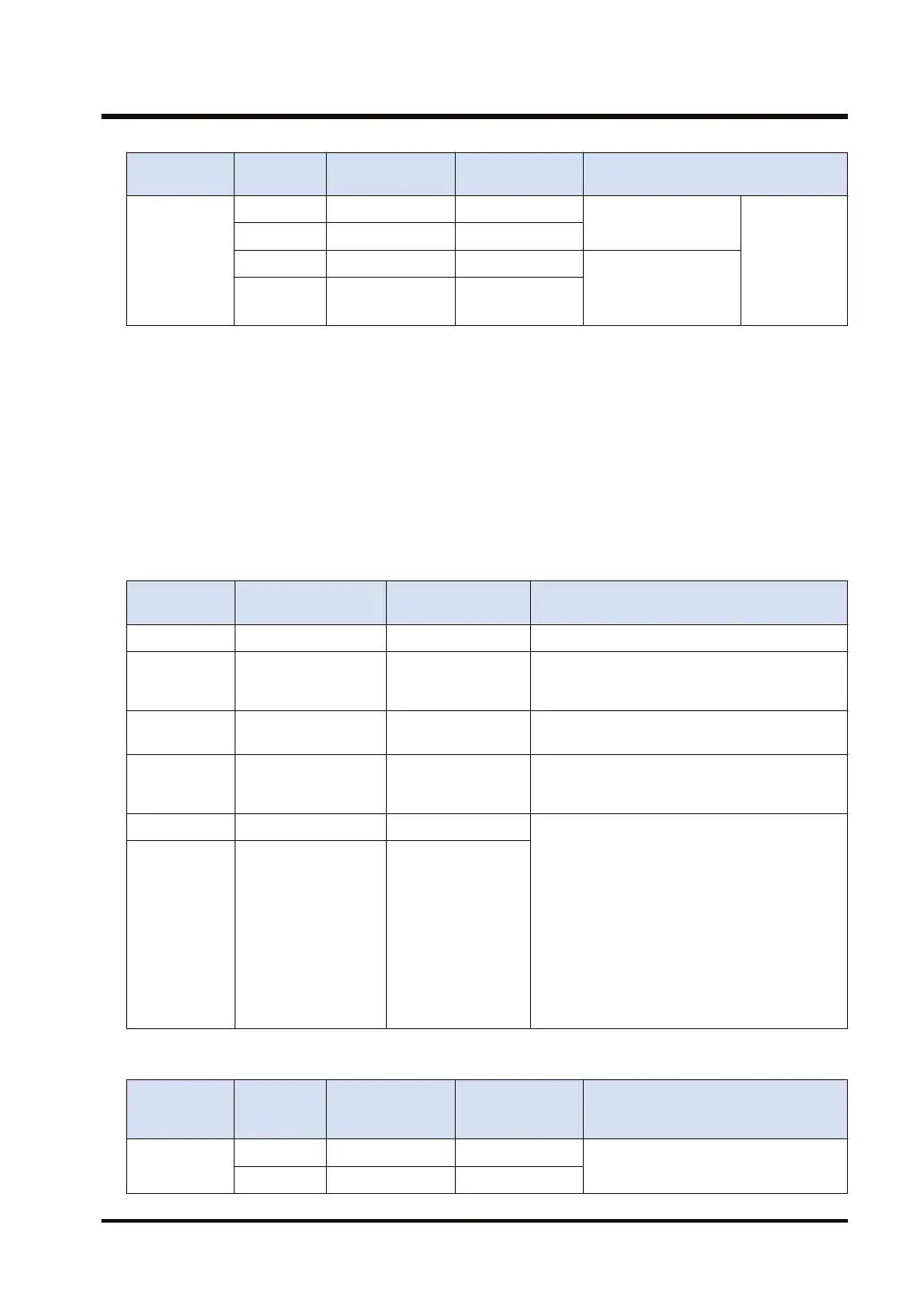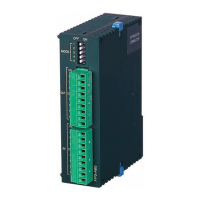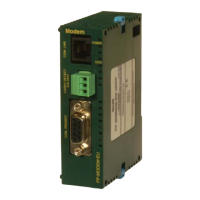Items
Conversion
form
BIN data before
conversion
ASCII data after
conversion
Description
%#10.0e
When
specifying %u,
%x, or %b,
existence of
"#" does not
affect the
results.
SF 1234.567 "␣␣␣␣1.e+03"
%#10.3E SF 1234.567 "␣␣␣␣1.E+03"
%#9.0g SF 1234 "␣␣␣1234.0" "." is always added,
and "0" after the
decimal point is not
omitted.
%#.9G SF 1234 "1234.0000"
(Note 1) "␣" in the table represents a space.
(Note 2) For exponential notation, it consists of a code (e or E), a sign, and a 2-digit number.
(Note 3) If the conversion results in having fewer enabled digits than before conversion, the result is rounded
off.
(Note 4) If a plus sign (+) and a space (␣) are used together to specify the sign and the digit position
respectively and the space (␣) comes first, neither the "sign indication" nor the "specification of digit
position" will be valid. When (+) comes first, "sign indication" will be valid.
Example 1) %␣+d K100 → The output data is "100", and neither a space nor the sign is added.
Example 2) %+␣d K100 → Output data is "+100” with a (+) sign.
■
Processing when conversion forms are combined (BIN data to ASCII data)
Conversion
form
Binary data before
conversion
ASCII data after
conversion
Remarks
%-10.3e SF123.4567 "1.235e+02˽" Exponent is output in at least 2 digits.
%+ u U1234 "1234"
For %u, %x, or %b, the existence of a plus sign
(+) in the conversion form does not affect the
result.
% ˽ u U1234 "1234"
For %u, %x, or %b, the existence of a space (␣)
in the conversion form does not affect the result.
%#u U 1234 "1234"
For %u, %x, or %b, the existence of a number
sign (#) in the conversion form does not affect
the result.
%˽+d K1234 "1234" If a plus sign (+) and a space (␣) are used
together to specify the sign and the digit
position respectively and the space (␣) comes
first, neither the "sign indication" nor the
"specification of digit position" will be valid.
When plus sign (+) comes first, "sign indication"
will be valid.
Example 1) %␣+d K100 → The output data is
"100", and neither a space nor the sign is
added.
Example 2) %+␣d K100 → Output data is "+100”
with a (+) sign.
%+˽d K1234 "+1234"
■
Options for the conversion form [S1] (String data → ASCII data)
Items
Conversion
form
String data
before
conversion
ASCII data after
conversion
Description
Specification
of the number
%s "abcdef" "abcdef"
In the case of "%s", it is left-aligned by
default.
%10s "abcdef" "abcdef␣␣␣␣"
14.14 PRINT/EPRINT Instruction Shared Conversion Form Table
WUME-FP7CPUPGR-12 14-73

